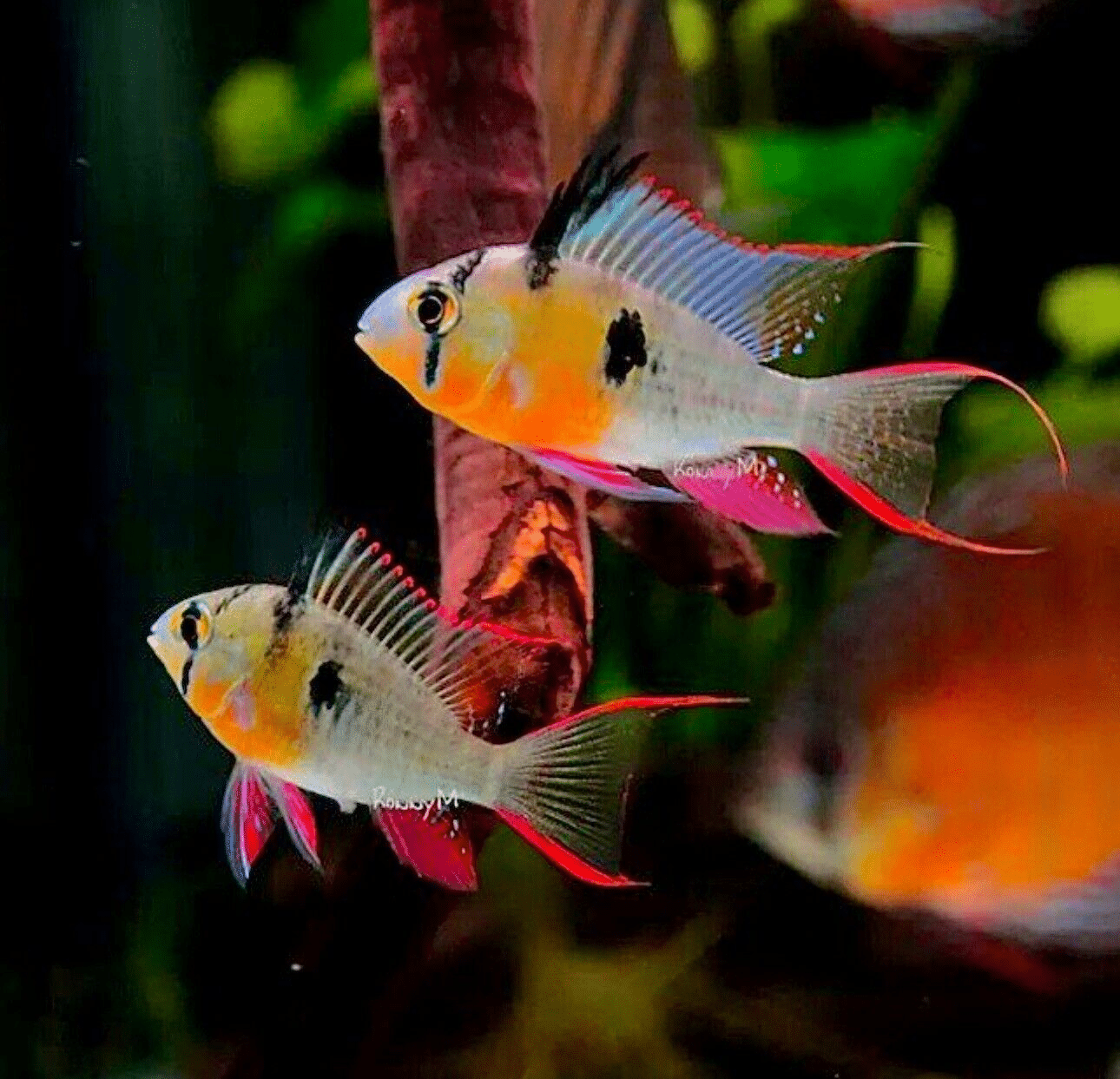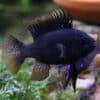To provide the best experiences, we use technologies like cookies to store and/or access device information. Consenting to these technologies will allow us to process data such as browsing behaviour or unique IDs on this site. Not consenting or withdrawing consent, may adversely affect certain features and functions.
The technical storage or access is strictly necessary for the legitimate purpose of enabling the use of a specific service explicitly requested by the subscriber or user, or for the sole purpose of carrying out the transmission of a communication over an electronic communications network.
The technical storage or access is necessary for the legitimate purpose of storing preferences that are not requested by the subscriber or user.
The technical storage or access that is used exclusively for statistical purposes.
The technical storage or access that is used exclusively for anonymous statistical purposes. Without a subpoena, voluntary compliance on the part of your Internet Service Provider, or additional records from a third party, information stored or retrieved for this purpose alone cannot usually be used to identify you.
The technical storage or access is required to create user profiles to send advertising, or to track the user on a website or across several websites for similar marketing purposes.

 Purple Vampire Crab - Geosesarma Dennerle - Decapod Crustacean
1 × £7.74
Purple Vampire Crab - Geosesarma Dennerle - Decapod Crustacean
1 × £7.74 











Emma Collins (verified owner) –
I recently pre-ordered the Papiliochromis Altispinosa Butterfly Bolivia Dwarf Cichlid, and I couldn’t be happier with my decision! As a caring fish parent, I always strive to provide a suitable environment for my aquatic friends. These little beauties arrived in great health after just a week of waiting, and it was clear they had been well cared for before shipping.
The vibrant colors and unique patterns of these cichlids are truly mesmerizing. I’ve paired them with lush aquatic plants, and they really bring the tank to life! Their playful nature has been delightful to watch, especially during feeding time—I’ve been using high-quality fish food that enhances their colors even more. Compared to other dwarf cichlids I’ve kept, these guys have such a charming personality and seem to thrive in a well-planted setup.
One minor concern was their initial shyness; it took them a couple of days to venture out, but that’s normal for new fish. I recommend these cichlids to anyone looking to add vibrant character to their tank. They’re perfect for intermediate aquarists who value fish health and a beautiful aquatic display. Overall, I’m thrilled with this purchase and would definitely order again!